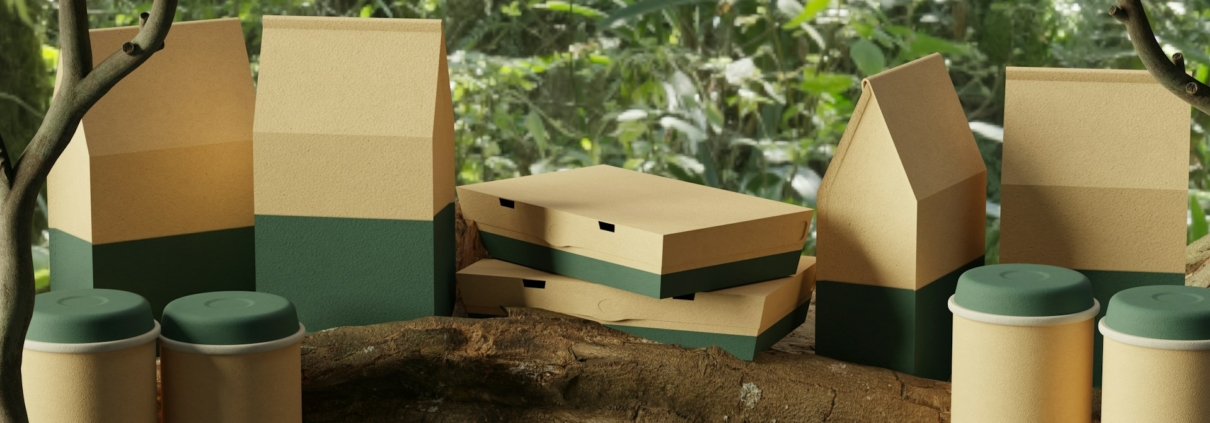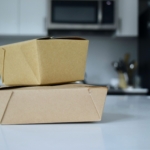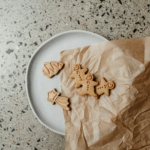Preventing Air Pockets in Cardboard Cylinder Packaging
When you’re running a business that relies on presentation to sell, every bit of your packaging needs to do its job. That applies whether you’re sending out samples to cafes, lining specialty store shelves, or showcasing your products at a local market. If you’ve worked hard to create a high-quality product, it deserves to be packaged in a way that gives it that same level of care. For many small businesses, custom packaging like cardboard cylinders has become a go-to for its visual impact and protective qualities. But if your cylinders arrive puffed out or warped because of trapped air, all of that effort can fall flat.
Air pockets aren’t just a minor hassle. They’re a sign that something in the packaging process isn’t working right. When cardboard cylinder packaging holds trapped pockets of air, it can lead to swelling, damage during transit, or a looser fit, making your packages look unprofessional. When you’re trying to grow into larger stockists or introduce new SKUs, bad packaging leaves the wrong impression. Here’s how to understand where these air bubbles sneak in and what to do to stop them before they cause bigger headaches.
Understanding Air Pockets
Air pockets usually form when space is left between packaging layers or when sealing methods don’t create a tight closure. With cardboard cylinders, it can happen during the lining or capping process if the edges don’t sit flush or if air can’t escape before the final seal is applied. Sometimes the materials flex due to changes in pressure or humidity, trapping just enough air to cause visible bulging or softness in the tube.
If you’re a small business trying to look sharp among polished, high-budget competitors, the last thing you want is stock that looks tampered with or worn just from storage. Worse still, repeated swelling and deflation from air trapped in the packaging can cause labels to wrinkle, seals to split, and your product to shift inside. For food packaging in particular, like snacks or stacked powdered goods in custom cylinders, these air pockets can be mistaken for spoilage or mishandling.
Common packaging stages where air pockets sneak in:
- During the gluing or laminating process inside the cylinder when improper pressure is used
- When flexible linings aren’t vented or allow room for heat shifts
- When capping fails to compress internal air, especially when done manually
- During shrink sleeve or outer label application when heat creates expansion
- When reusing packaging designs that don’t suit the product weight or density
It’s even more of a problem if you’re selling through third parties, where your products may sit in backrooms, endure transport jostling, or be opened and closed multiple times. That makes identifying the root cause of air pockets one part of the solution. The next part is knowing exactly how to stop them from happening in the first place.
Techniques to Prevent Air Pockets
Proper Material Selection
Quality cardboard with dense, even layering is far less likely to flex or delaminate under pressure. Choosing inner linings that breathe a little, especially for food-grade cylinders, helps reduce the risk of trapped air. Laminated films or foil linings need to be pressed or vented properly, as they’re prone to creating sealed gaps if mishandled.
Thicker, well-constructed walls help maintain consistent shape and resist environmental pressure changes. This supports both the structural integrity of the packaging and the visual impression on arrival.
Effective Sealing Methods
Relying on sheer force can actually worsen the formation of air pockets. Instead, using flat-lay sealing techniques and ensuring even adhesive application makes a huge difference. Both over-glueing and under-glueing create opportunities for air to get trapped between the layers of the tube.
In automated cylinder production, it’s vital to calibrate rollers or presses to provide suitable contact pressure without compression damage. Applying too much pressure can lead to memory bounce in the material, where it tries to revert to its rolled form, producing raised or flexed tube areas.
Air Evacuation Techniques
Before applying caps or finishing lids, ensure that trapped air has a clear path out. A simple inspection step, like tapping, pressing lightly, or using small tamping tools, can expel internal air before the final closure. For businesses doing larger production runs, vacuum settings can help control internal air content efficiently.
For some applications, vented caps or breathable barrier linings may help maintain internal pressure levels without compromising content safety. These options are especially helpful for sensitive items like powdered foods or volatile materials that change with temperature or air exposure.
Match Cylinder Size to Product Weight
Oversized packaging invites movement and the possibility of air displacement during transport. That internal shifting allows items to act like plungers, pushing on the air within and creating bulges. Choosing cylinder dimensions that wrap snugly around the product keeps it stable and prevents pressure fluctuations.
Always test alternative tube sizes when switching products, particularly if the material bulk, weight, or moisture content differs from previous items. Slight differences in product formulation can impact how well the packaging holds up during and after sealing.
Work with Finishing That Won’t Warp on Contact
Some finishing processes, like heat shrink applications or film wraps, can introduce heat that causes enclosed air to expand. If finishes are applied before the packaging has settled or cured, air pockets might form after the fact. When planning on sleeves or outer printed films, allow sufficient cooldown or curing time between each step of the packaging line.
Using finishes designed to handle heat properly also helps. Some composite labels or decoration foils are more heat-resilient than others and should be selected based on the level of handling and exposure your packaging will undergo.
Fixing these air pocket issues helps more than just appearance. It preserves shelf life, strengthens the tactile impression on consumers, and supports transport durability, ensuring that your final product represents your business as well as your products do.
Quality Control Measures
Maintaining top-level quality in your packaging process is necessary to protect product integrity. By building out a consistent quality control approach, you can identify the formation of air pockets before your product ever leaves production.
Checkpoints at different stages of the packaging process help narrow down the source of air issues. These include material inspections, fit alignment at sealing points, lamination quality, and end-product evaluations. Even a basic checklist that covers these repeatable tests can prevent costly errors from scaling up across an entire batch.
Your checklist could include:
– Verifying that materials meet set thickness and density standards
– Confirming pressure levels during sealing to avoid under-sealing or over-compression
– Inspecting each batch for visible bulging or softness along the walls
– Assessing label integrity and cap fit with standardised pressure-applying tools
Sampling across production runs helps catch unseen environmental variables like temperature or humidity changes that may impact packaging performance. This is critical for packaging like cardboard cylinders, where small flex points can significantly affect strength and appearance.
By acting early, your quality team ensures that end-users receive a product that looks fresh, untampered, and secure, exactly what retail buyers and customers expect.
Customised Solutions from Star Stuff Group
No two businesses package exactly the same way, and that’s where customisation really shines. Whether you operate in food, beauty, retail, or gifting, your packaging needs to function and tell your brand story. Partnering with Star Stuff Group means having access to packaging solutions shaped around your real-world needs.
From greaseproof custom wraps to printed mailer cartons and custom cylinder packaging, our team stands ready to help you create packaging that performs well under pressure and looks great on display. We’ve worked with businesses across Australia for over three decades, and we bring that experience into every packaging solution we deliver.
For bakery owners, this might look like branded greaseproof wrapping that keeps sweets fresh and eye-catching. For health and wellness brands, it could be perfectly fitting custom tubes that hold powders in place while protecting them from heat or moisture. Our goal is to ensure your packaging communicates the same quality that your product already delivers.
With Star Stuff Group, you gain a packaging partner whose solutions are driven by practical business needs, brand alignment, and proven manufacturing experience. Whether it’s adapting cardboard cylinders or promoting new SKUs in new formats, we are here to help make it easier.
Let’s Ensure Perfect Packaging
Preventing air pockets in cardboard cylinder packaging is not just about appearance. It’s about protecting the integrity of your products and upholding the trust of your customers. By choosing the right materials, applying effective sealing processes, and putting in place strong quality control strategies, you can prevent these issues from starting.
Every package is a reflection of your brand and its values. When packaging arrives looking clean, neat, and professionally finished, it strengthens your reputation and helps support further growth. With considered design and the support of knowledgeable partners, you can deliver a consistently high standard across your product range.
Ready to give your product packaging a polished, professional edge? Discover how Star Stuff Group can help elevate your brand’s image with tailored solutions and thoughtfully designed materials like cardboard cylinder packaging that delivers both form and function. Let’s work together to create packaging that fits your vision and supports your business growth at every stage.




